What are Terpenes?
Terpenes are most often described as molecules that give plants and fungi their flavours and aromas. Often, terpenes taste bitter, so the level of bitterness of your mushroom products is actually an indicator of their quality. Mushrooms contain a variety of different terpenes and with different medicinal properties we will discuss here!
The exploration of natural sources for the treatment and prevention of disease have led to the research of many compounds, one of the most important being terpenes [1]. Terpenes are bioactive secondary metabolites reported to be therapeutically effective against microbial, viral, neurodegenerative, and immune diseases [1].
Terpenes also play a complimentary role with b-D-glucans in immune system activation. b-D-glucans are a type of polysaccharide that has illustrated metabolic and immunomodulating properties, such as anti-cancer, anti-bacterial, and anti-viral actions [2]. Terpenes are also precursors to steroids which have powerful anti-inflammatory actions in the body, much like b-D-glucans.
Unlike many constituents of medicinal mushrooms, terpene molecules are not water-soluble, they require an alcohol extraction. Eversio Wellness employs dual extraction methods (hot water and alcohol extractions) in certain mushrooms in order to isolate all the beneficial compounds from them.
Currently, Eversio Wellness carries three products that go through dual extractions: Lion’s Mane Mushroom Extract (FOCUS Now), Chaga Mushroom Extract (PROTECT Now), and Reishi Mushroom Extract (CHILL Now). These three mushrooms contain both water and alcohol soluble compounds that need to be isolated in order to achieve the greatest therapeutic benefits possible.

Dual Extract of Reishi Mushroom and the Benefits
Ganoderma lucidum, or Reishi, contains a terpenoid known as ganoderic acid [1]. Ganoderic acid has a long list of medicinal benefits, some of which include [1]:
- Prevention of histamine release from mast cells making it beneficial in treatment of hypersensitivity reactions (i.e., allergies, asthma, dermatitis, and rhinitis)
- It is cytotoxic against hepatoma cells, illustrating its benefit in hepatocellular carcinoma and hepatoprotective activity
- It is inhibitory against angiotensin-converting enzymes (ACE), meaning it works similarly to the drug class of ACE inhibitors which help relax vessels and lower blood pressure
- It has been shown to have an inhibitory effect on farnesyl protein transferase, again mimicking a category of medications known as farnesyl transferase inhibitors (biologically active anti-cancer drugs)
- Inhibits the biosynthesis of cholesterol
- Protects against atherosclerosis (plaque build-up in arteries)
Researchers have identified over 100 different triterpenes in Reishi (50 of which are not found in any other mushroom). Other terpenoids in Reishi have exhibited antioxidative and antiviral activities as well [1].
Dual Extracted Chaga and Betulinic Acid
Inonotus obliquus, commonly referred to as Chaga, has many terpenoids that have exhibited a variety of benefits. From anti-inflammatory and anti-cancer effects to anti-hyperglycemic activities, Chaga mushroom may hold a place in the treatment or prevention of many medical conditions. One of the terpenes found in Chaga, known as betulinic acid, has exhibited prominent anti-cancer activity through activation of the mitochondrial pathway of apoptosis (cell death) in cancer cells [3,4].

Dual Extract of Lion's Mane Mushroom
Hericium erinaceus, or Lion’s Mane, is another mushroom that must go through a dual extraction process in order to isolate terpenes alongside its other beneficial constituents. Hericenones is one of many terpenes found in Lion’s Mane that has been studied extensively. As we age, our brain’s ability to form or preserve neuronal connections naturally declines and we progressively experience worsening mental functioning. Hericenones is a very small molecule able to pass the blood-brain barrier, providing it the ability to improve neurocognitive impairment [6]. Specifically, it has been found to stimulate the growth of brain cells as it promotes NGF (nerve growth factor) synthesis [5]. Additionally, hericenones have illustrated anti-inflammatory and antidepressant-like effects as studies have shown it to alleviate symptoms of depression, anxiety, and sleep disorders [6].
Another important consideration when choosing your terpene-filled mushroom products is the part of the mushroom that is used in manufacturing. Health Canada requires medicinal mushroom products to include a number of items onto their labels: the common and latin names of the mushrooms, the extraction ratios used, the parts of the mushroom used, and the quantity crude equivalents.
How To Read Mushroom Supplement Labels
If you find the words “full spectrum”, “mycelial biomass”, or “extracellular compounds” on the label, this means the product is made from the grain substrate the mushrooms are grown on, and potentially the primordia and fruiting body, all combined and often not in extract form.
Full spectrum is often advertised as a beneficial aspect of the product by some companies, but, under the surface, this means that the product is watered down, and you’d need to consume much more of it to achieve the same benefits as you would from a product containing 100% fruiting body. Mycelium produced on grain actually lacks the precursors to build triterpene compounds, meaning you would see relatively no benefit.
We hope you have found this article informative. If you have any questions or comments, please feel free to leave them in the comment section below!
By Silvana Jakupovic — BSc and 4th Year Student of Naturopathic Medicine (CCNM-Boucher)
References:
[1] Dasgupta A, Acharya K. Mushrooms: an emerging resource for therapeutic terpenoids. 3 Biotech. 2019 Oct;9(10):369. doi: 10.1007/s13205-019-1906-2. Epub 2019 Sep 24. PMID: 31588393; PMCID: PMC6760460.
[2] Mirończuk-Chodakowska I, Kujawowicz K, Witkowska AM. Beta-Glucans from Fungi: Biological and Health-Promoting Potential in the COVID-19 Pandemic Era. Nutrients. 2021 Nov 6;13(11):3960. doi: 10.3390/nu13113960. PMID: 34836215; PMCID: PMC8623785.
[3] Géry A, Dubreule C, André V, Rioult JP, Bouchart V, Heutte N, Eldin de Pécoulas P, Krivomaz T, Garon D. Chaga ( Inonotus obliquus), a Future Potential Medicinal Fungus in Oncology? A Chemical Study and a Comparison of the Cytotoxicity Against Human Lung Adenocarcinoma Cells (A549) and Human Bronchial Epithelial Cells (BEAS-2B). Integr Cancer Ther. 2018 Sep;17(3):832-843. doi: 10.1177/1534735418757912. Epub 2018 Feb 27. PMID: 29484963; PMCID: PMC6142110.
[4] Fulda S. Betulinic Acid for cancer treatment and prevention. Int J Mol Sci. 2008 Jun;9(6):1096-1107. doi: 10.3390/ijms9061096. Epub 2008 Jun 27. PMID: 19325847; PMCID: PMC2658785.
[5] Lai PL, Naidu M, Sabaratnam V, Wong KH, David RP, Kuppusamy UR, Abdullah N, Malek SN. Neurotrophic properties of the Lion's mane medicinal mushroom, Hericium erinaceus (Higher Basidiomycetes) from Malaysia. Int J Med Mushrooms. 2013;15(6):539-54. doi: 10.1615/intjmedmushr.v15.i6.30. PMID: 24266378.
[6] Chong PS, Fung ML, Wong KH, Lim LW. Therapeutic Potential of Hericium erinaceus for Depressive Disorder. Int J Mol Sci. 2019 Dec 25;21(1):163. doi: 10.3390/ijms21010163. PMID: 31881712; PMCID: PMC6982118.
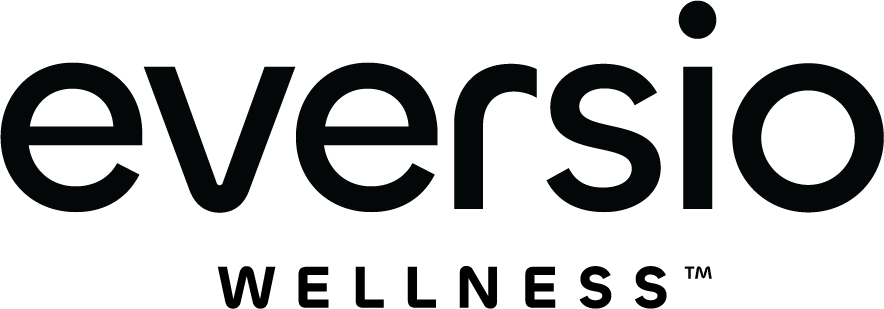
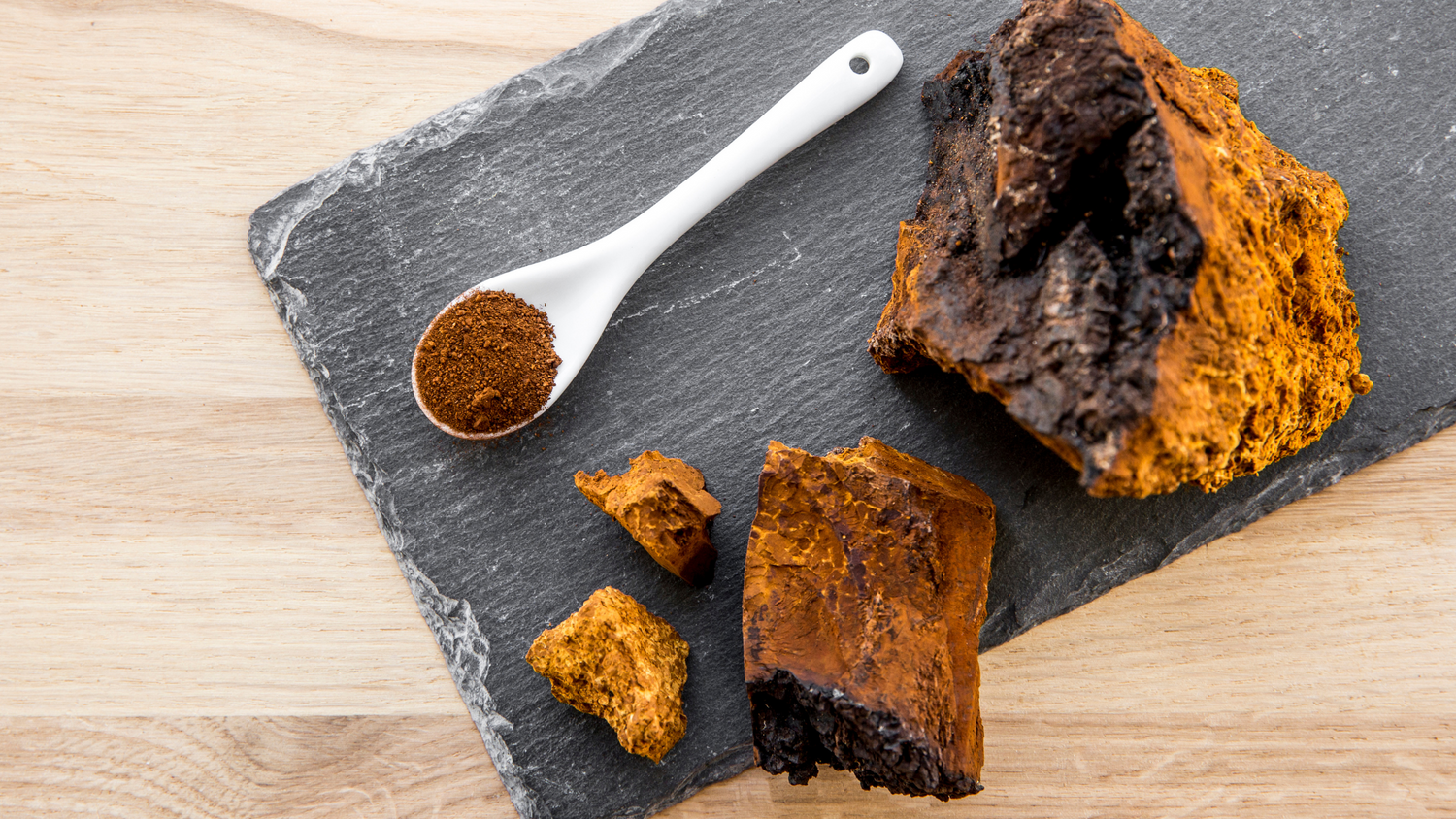
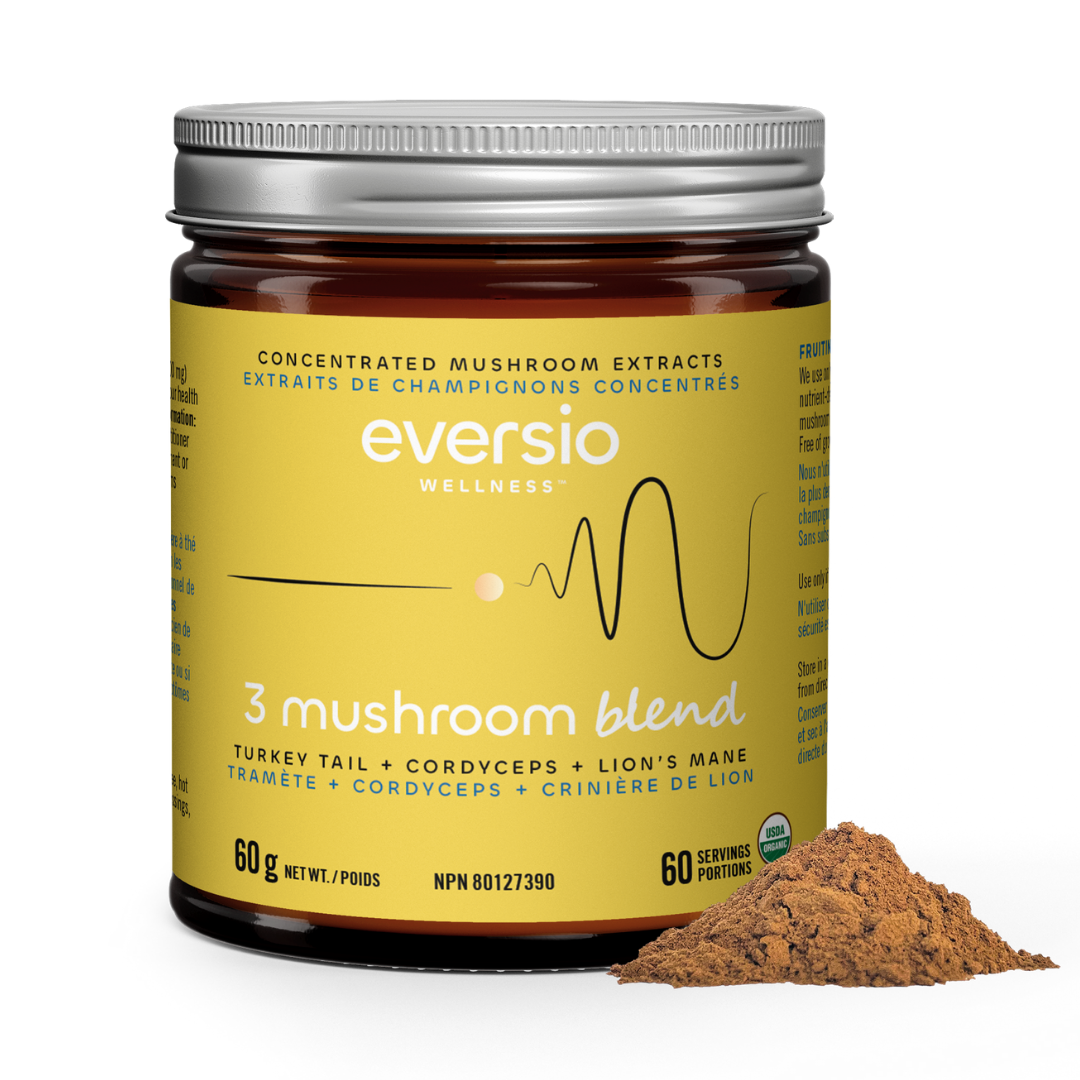
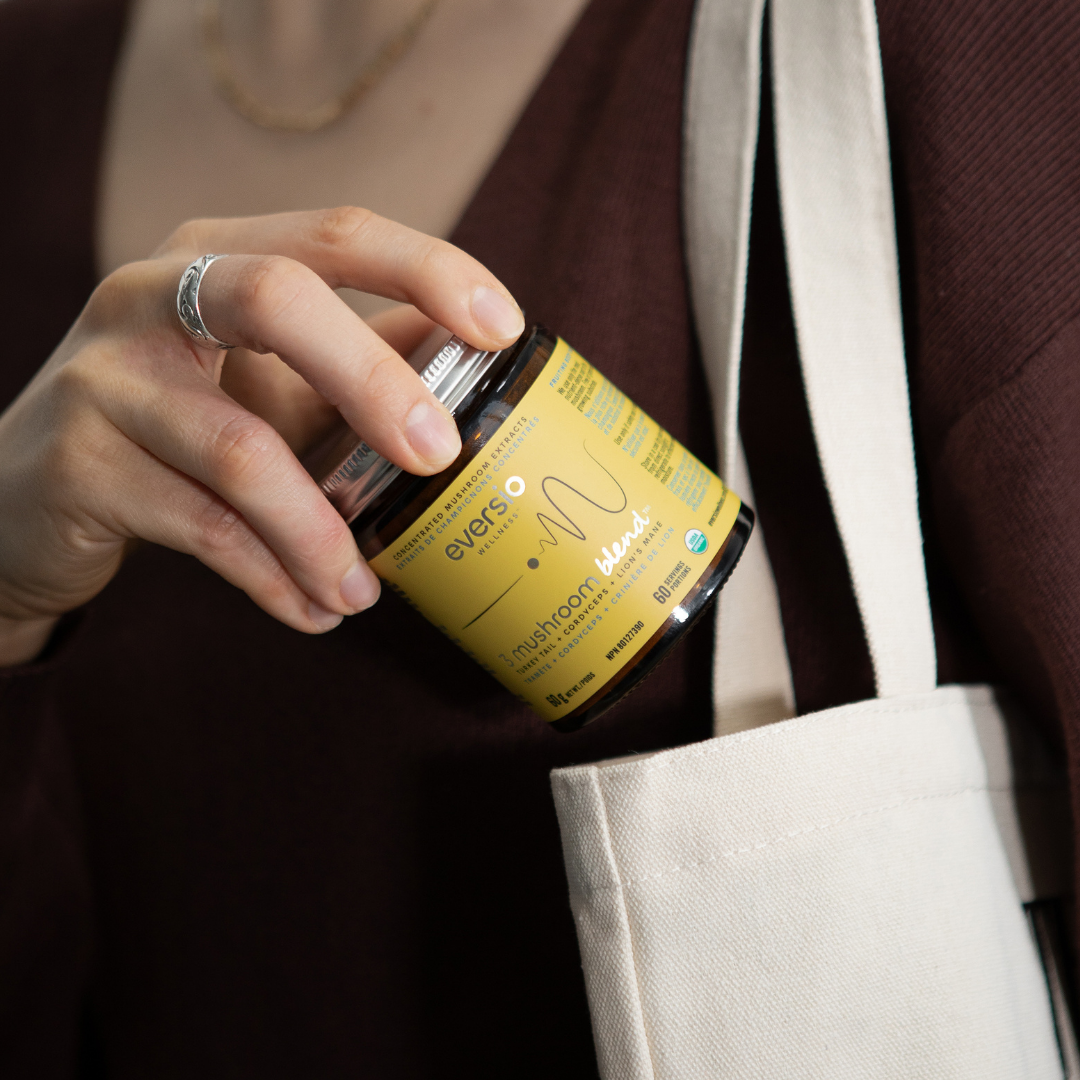
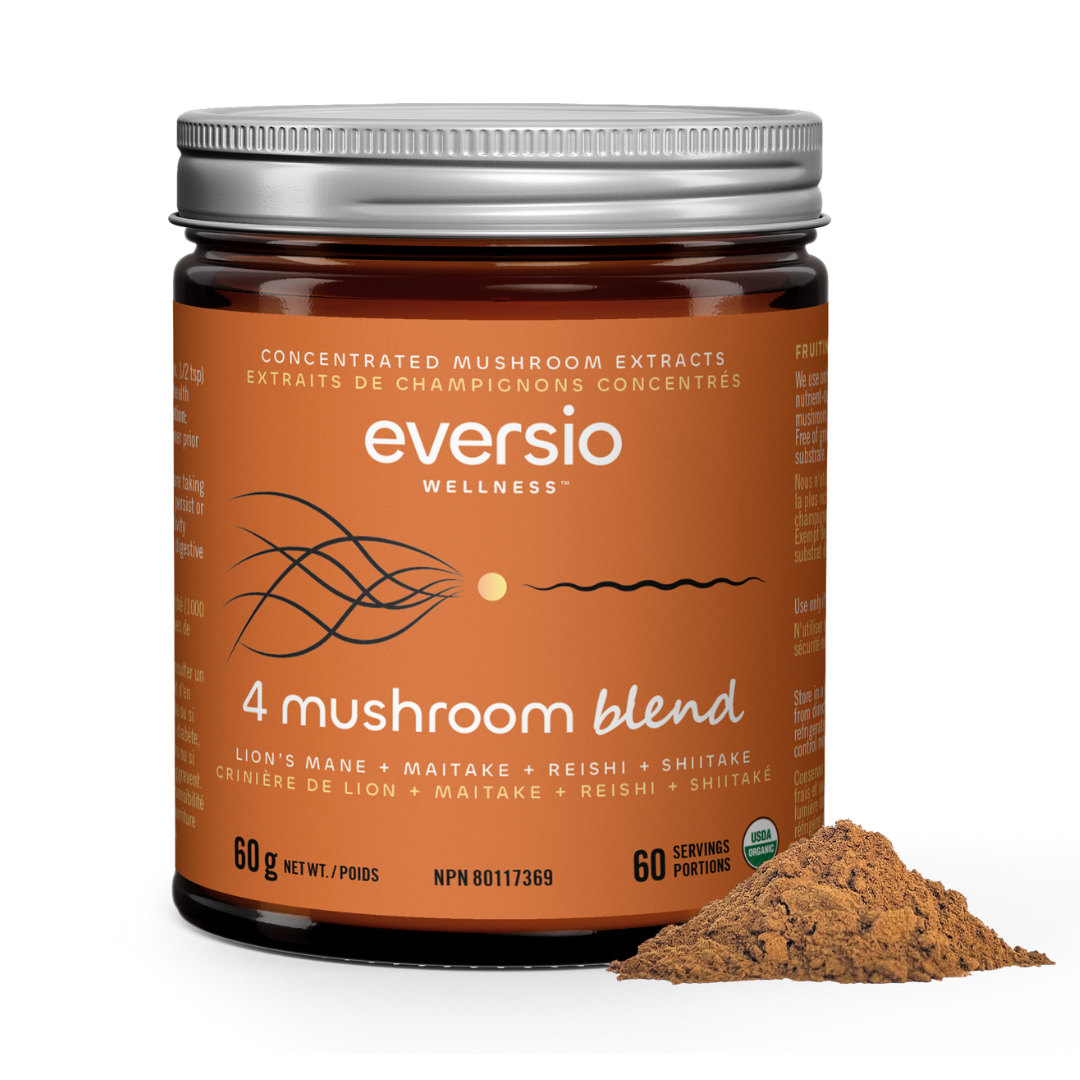
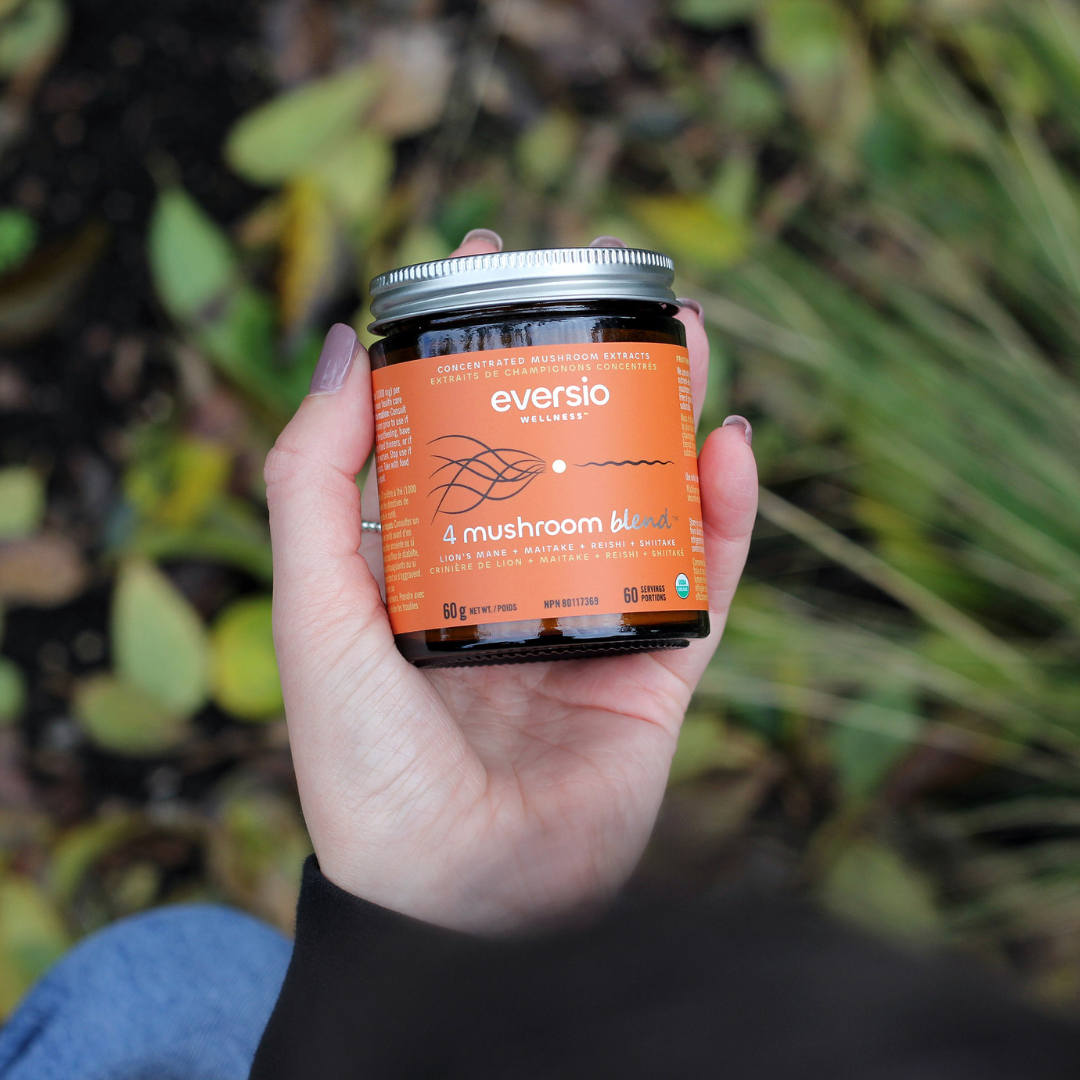
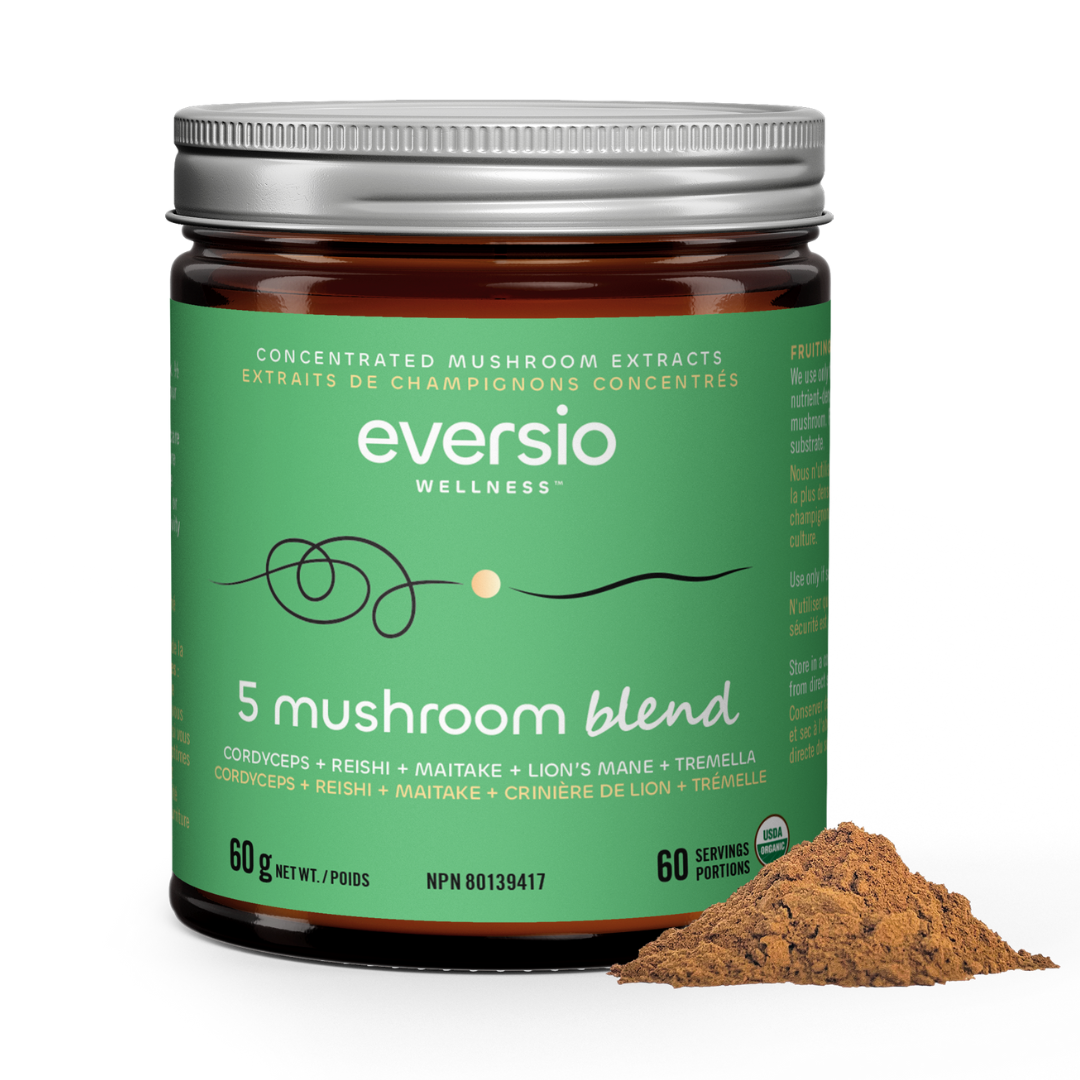

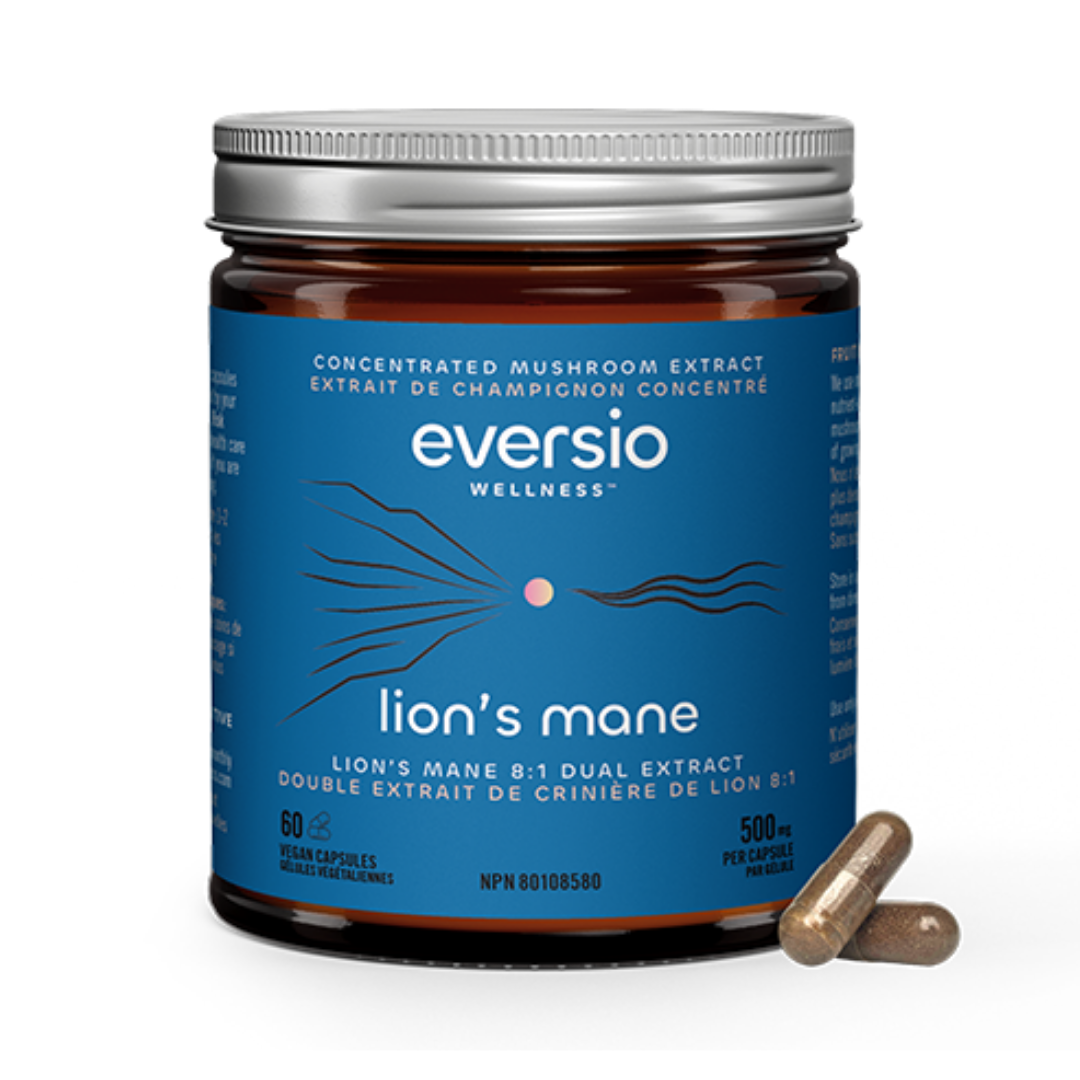
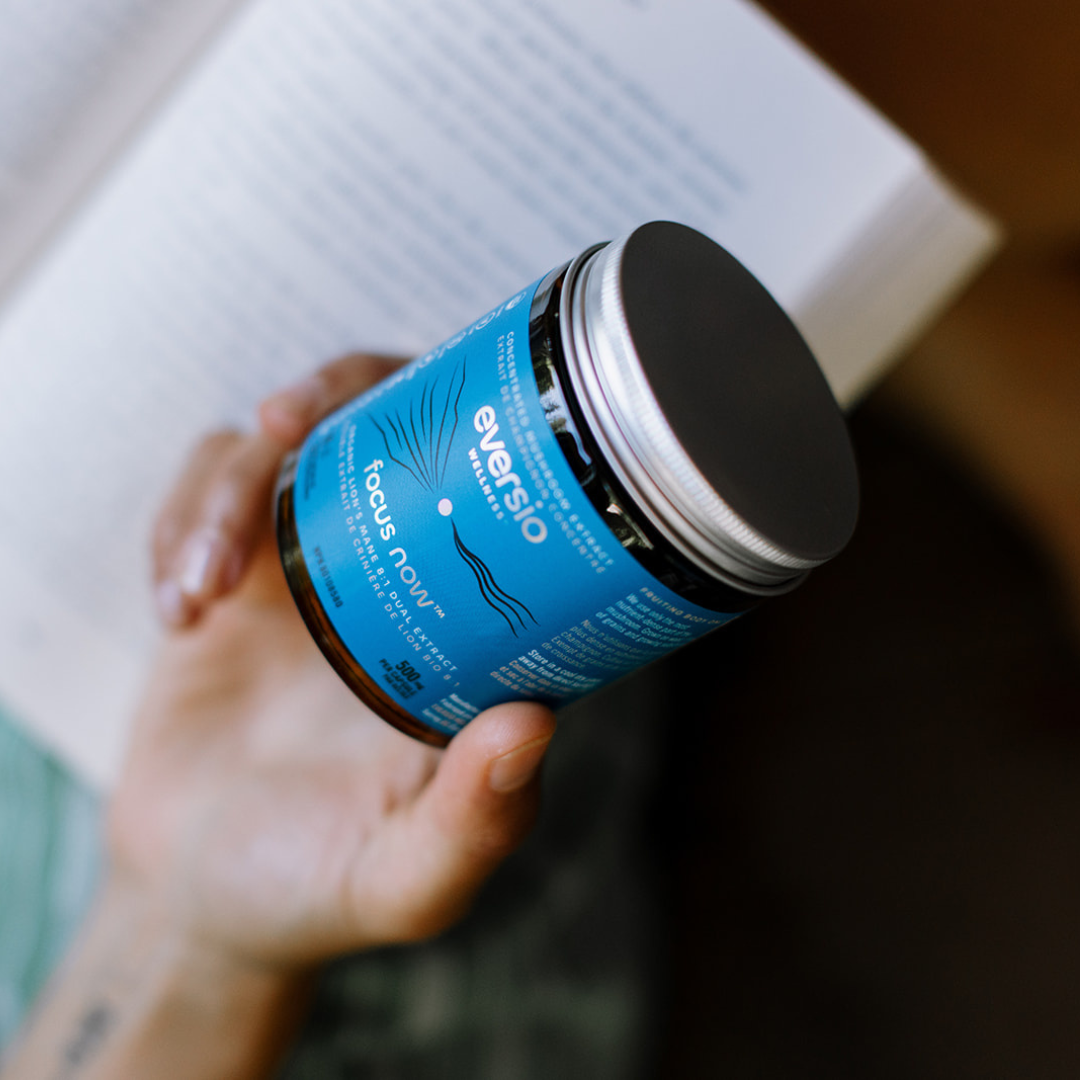
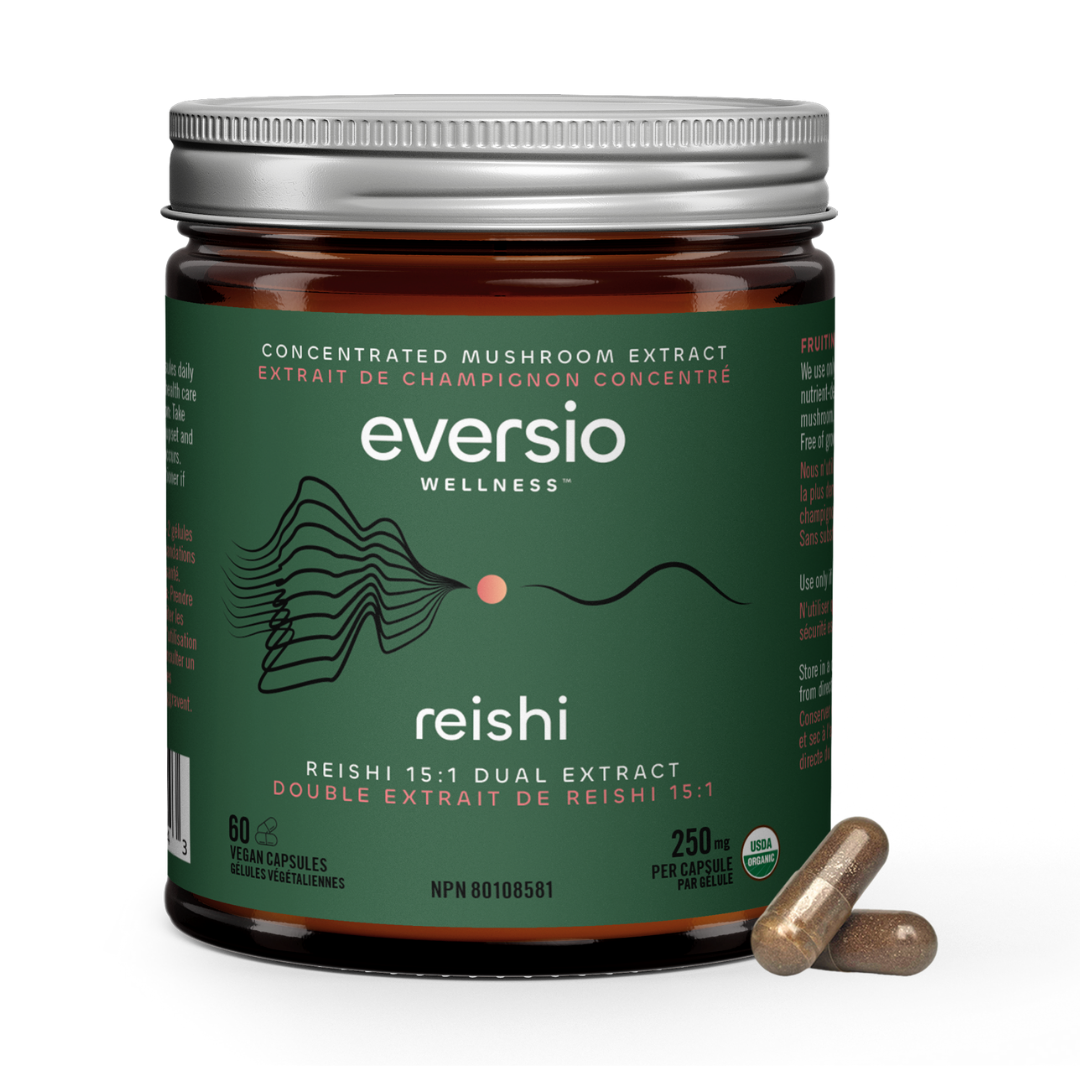






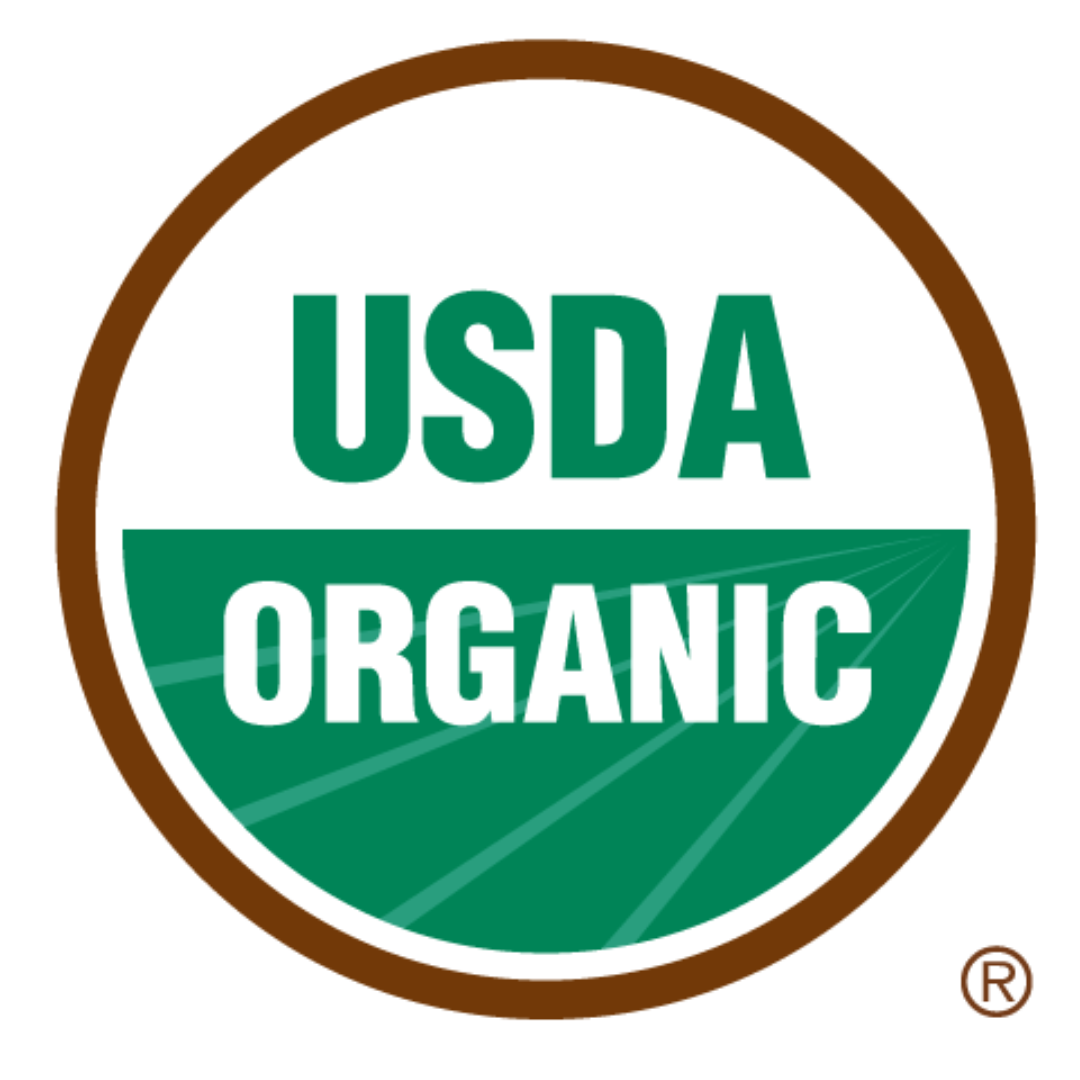


Leave a comment
All comments are moderated before being published.
This site is protected by hCaptcha and the hCaptcha Privacy Policy and Terms of Service apply.